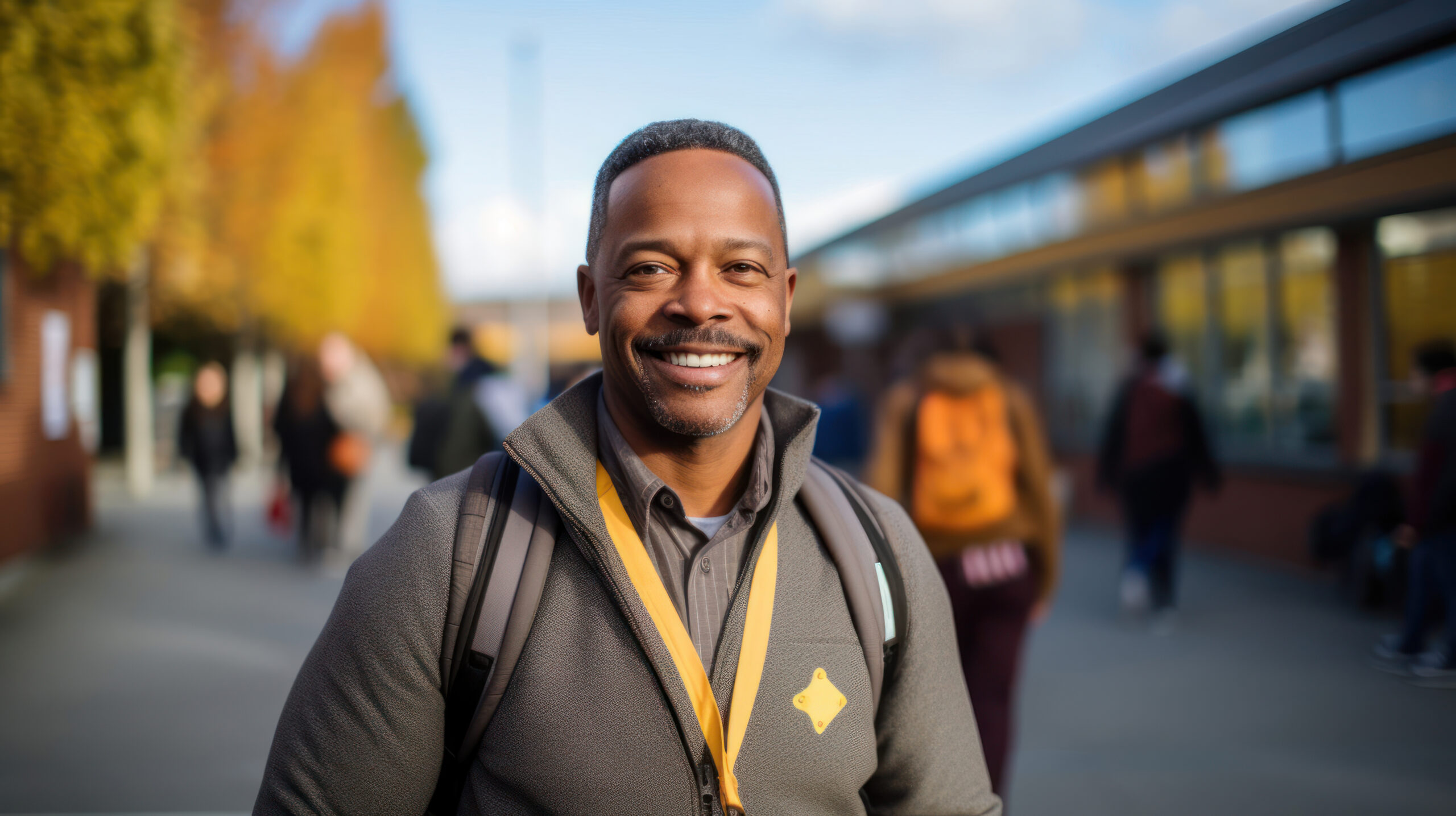By Andrew Jordan
As someone who has spent much of my life on both the basketball court and in the principal’s office, I often find myself drawing parallels between sports and school leadership. The strategies that help a team succeed on the court—discipline, preparation, adaptability, and trust—are the very same principles that can transform a school into a thriving, supportive community. Leadership, whether in sports or education, isn’t about a single moment of brilliance; it’s about consistency, culture, and commitment to the long game.
Preparation Wins Before the Game Starts
In sports, games are often won or lost before the players ever step onto the court. Preparation—the hours spent in practice, film study, and conditioning—sets the stage for performance. School leadership is no different. The most successful principals don’t just react to challenges as they arise; they anticipate them, plan ahead, and build systems that support both students and staff.
For me, this preparation means setting clear goals at the beginning of each year, ensuring that teachers have the resources they need, and creating an environment where students know what is expected of them. Just like a coach develops a game plan tailored to the strengths of their players, a principal must create a roadmap that aligns with the strengths and needs of their school community.
Building a Strong Team
No coach ever won a championship alone, and no principal can build a successful school without a strong team. In sports, great leaders don’t just focus on their star players—they develop the entire roster. Every athlete has a role, and when they understand their value, the whole team benefits.
The same is true in schools. Teachers, staff, students, and parents all contribute to the overall culture and success of the building. My role as a principal is not to be the star player, but to be the coach—empowering others to step into leadership, creating opportunities for collaboration, and celebrating the unique strengths that each person brings. When a teacher feels supported or when a student feels their voice matters, the “team” grows stronger and more resilient.
Adaptability: Adjusting the Game Plan
Any athlete or coach knows that even the best strategy can fall apart once the game starts. Opponents adjust, momentum shifts, and unexpected challenges arise. The key to success is adaptability.
In education, adaptability is just as critical. Whether it’s changes in state policy, the introduction of new technology, or the daily unpredictability of student life, principals have to be ready to pivot. I’ve learned that strong leaders don’t cling to their first plan out of pride; they adjust course when necessary to keep the team moving forward. That flexibility shows staff and students that it’s okay to learn from mistakes and make changes when something isn’t working.
Discipline and Consistency
Sports demand discipline. The fundamentals—passing, shooting, running plays—must be practiced over and over again until they become second nature. Discipline is what allows teams to perform under pressure.
For principals, discipline shows up in consistency. Students and staff need to know that expectations are fair, routines are reliable, and accountability is real. When leaders show up consistently—whether it’s greeting students at the door, following through on commitments, or supporting teachers in their work—they create trust. That trust becomes the foundation of a positive school culture.
Motivation and Morale
Athletes thrive when they feel motivated and connected to a larger purpose. Coaches know that boosting morale isn’t just about pep talks—it’s about showing belief in your players and helping them believe in themselves.
As a principal, I see my role in much the same way. Schools are challenging places, and teachers often feel stretched thin. Students, too, face academic and personal hurdles. It’s my job to remind them why their work matters, to celebrate small victories, and to keep their eyes on the bigger picture. A kind word, recognition at a staff meeting, or celebrating a student’s progress can shift the energy in the entire building.
Playing the Long Game
In sports, championships aren’t won overnight. They’re the result of seasons of hard work, lessons learned from losses, and gradual improvement. School leadership works the same way. Real progress doesn’t happen in a week or even a semester—it happens over years of steady growth, persistence, and commitment.
This long-term perspective is what keeps me grounded. There are days when progress feels slow or setbacks make the work frustrating. But just as an athlete understands that every practice matters, I know that every decision, every relationship, and every effort contributes to the bigger vision.
Leadership Beyond the Court and Classroom
The lessons of sports aren’t limited to athletics, and the lessons of leadership aren’t limited to schools. Both worlds teach us about resilience, teamwork, accountability, and the pursuit of excellence. As principals, we have the privilege of being both coaches and players—guiding our staff and students, while also learning and growing ourselves.
By thinking like a coach, I’ve found that school leadership becomes less about managing problems and more about building potential. When principals embrace preparation, teamwork, adaptability, discipline, motivation, and patience, they create schools that don’t just function—they flourish.
Just like in sports, the scoreboard at the end of the day doesn’t always reflect the full story. What matters most is the culture we build, the effort we give, and the impact we have on the lives of those we lead.
